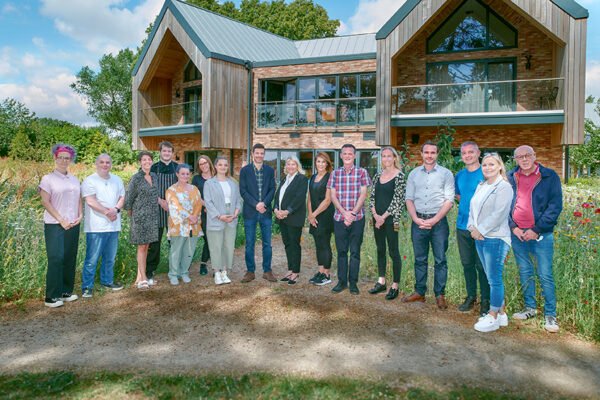
Create a Staff Training Plan for Success in 7 Simple Steps

Training your team is an investment – and one well worth making. Employees who lack skills or knowledge are likely to struggle in a role they aren’t properly equipped for, causing demotivation, anxiety and underperformance.
But planning an effective staff training plan takes time and effort. It’s critical to understand each team member’s individual needs and to set training targets that match your business goals.
A good training plan isn’t just a job description – it should cover hard and soft skills:
Hard skills: technical skills that can be measured, such as the ability to use software
Soft skills: less tangible skills, such as negotiation and listening
In this post, Mike Edwards, Head of People at Love Energy Savings, suggests his top 7 ways to create a staff training plan that will succeed and help you increase your team effectiveness.
1. Assess staff needs
Each member of staff will have a different level of experience and knowledge so it’s important you start by assessing them individually. This could take the form of a survey, a personal interview or manager’s observations.
2. Engage staff
Your staff are much more likely to be willing to take part in additional training if they understand the importance of it. Not everyone likes change so be open to questions from your team and emphasise the benefits training will bring. Encourage your team to research training opportunities and make their own suggestions.
3. Recruit a specialist
To properly implement a training plan, you may need to look outside your organisation. By bringing in a specialist co-ordinator who is dedicated to ensuring training happens, you can send a strong message to employees that you’re serious about their development.
4. Make it measurable
Your training coordinator should devise training plans that meet SMART goals. Specific, Measurable, Agreed-upon, Realistic and Time-based. This will ensure each team member is on a development path that can be measured.
5. Celebrate success
Encourage your team to take pride in their training achievements by celebrating their success. This will help maintain morale and drive, which is important for long-term training plans after the initial excitement has worn off.
6. Receive feedback
Be open to receiving feedback from your staff on how their training is going. It should be a two-way conversation so encourage an open and honest dialogue within your team. Training should be a discussion point that staff can openly debate and get passionate about.
7. Refresh and refine your training plan
Training should be reviewed and revised continually, ensuring it meets both your staff and business goals as they develop. Accepting adaptations and improvements will ensure your training is relevant and fresh, and it’ll help to keep your team inspired.















































